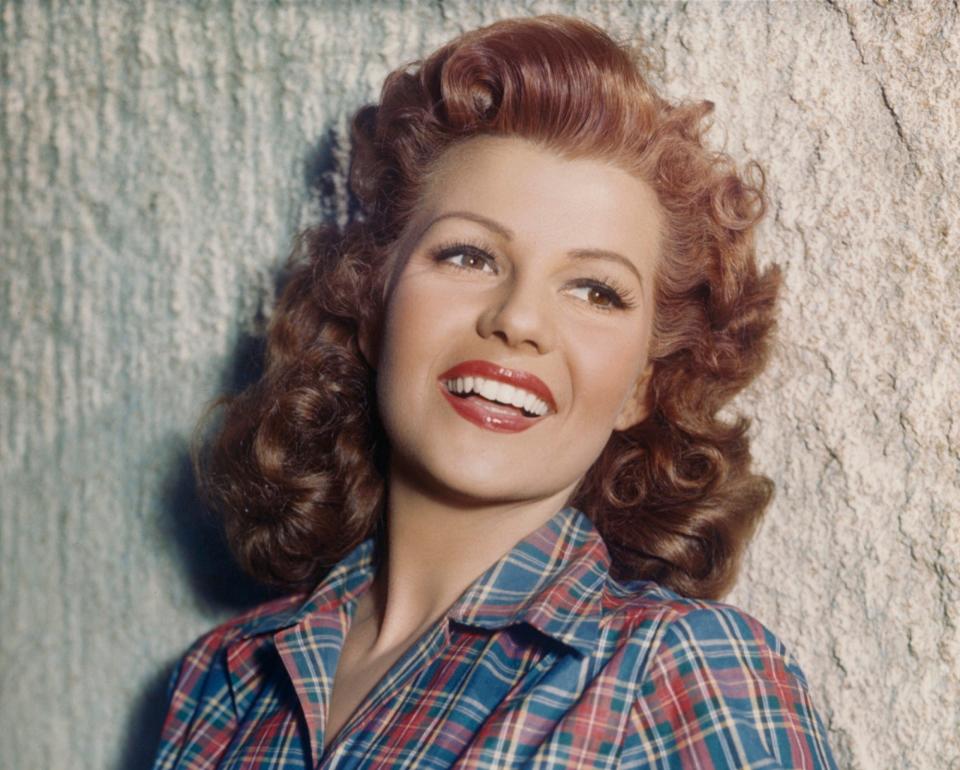‘Ginger-ism’ is very real – but not all prejudices are equal

- Oops!Something went wrong.Please try again later.
Can “ginger-ism” be compared to other forms of prejudice?
This week, a tribunal ruled that a Job Centre boss who compared bullying over his ginger hair to discrimination faced by black people was not being racist. Alex Ujah, who is black, had accused his manager Robert Rance of likening his experience to “400 years of denigration and slavery”.
But Mr Ujah’s case was dismissed, and lawyers found that Mr Rance was actually trying to be Mr Ujah’s “ally”.
It’s not the first time that a ginger person has made the comparison. Auburn-haired model and activist Lily Cole once said that “teachers often let it [ginger bullying] happen because there isn’t a stigma around it in the way there is, quite rightly, about something like racism.”
![Model Lily Cole has said that 'teachers often let [ginger bullying] happen because there isn't a stigma around it'](https://s.yimg.com/ny/api/res/1.2/kk9BKN3mesqaQKbqZlag5A--/YXBwaWQ9aGlnaGxhbmRlcjt3PTk2MDtoPTYwMA--/https://media.zenfs.com/en/the_telegraph_258/c1b6a154be940f46fa6d68fb81b80653)
Mick Hucknall, who came to love his corkscrew red locks so much he named his band after them, has been forced to take to Twitter against “bigots”. The singer told his followers that such slurs are akin to racism.
The UK’s Anti-Bullying Alliance has called for red hair to be listed as a protected characteristic, which would result in the targeting of people with red hair for criminal acts classified as a hate crime.
The roots of anti-ginger sentiment are thought to stretch all the way back to the grasslands of Central Asia, where red-headed tribes of Thracians​ and Scythians​ first gave ginger people their argumentative reputation. In medieval Germany, some believed a reclusive tribe of “Red Jews” lived in the Caucasus Mountains and conspired with the Antichrist to destroy Christianity. Early Egyptians are reported to have had ceremonies where they burned ginger women and men alive as a sacrifice to the god Set, who was depicted with pale skin and red hair. In the 15th-century, women with auburn locks were regularly burned as witches.
Only 2 per cent of the global population has ginger hair and as a visible minority group they have long been “the other”. The Penguin Guide to Superstitions identifies a “general prejudice… that red-haired people are devious, cruel, lascivious, unlucky and generally untrustworthy.” Artists in the Middle Ages often depicted Judas with ginger hair, and what Shakespeare described as the “dissembling colour” became associated with treachery. In France, until recently, people with red hair were called ‘poil de Judas’, meaning “hair of Judas. There’s a theory that the UK’s uniquely aggressive gingerism is rooted in anti-Celtic, specifically anti-Irish, prejudice. In Ireland, 40 per cent of the population is estimated to carry the redhead gene variant.
From Botticelli’s Venus to the beauties of Titian, artists have long mined the potent symbolism of red hair to suggest promiscuity, sensuality, deviousness, and exoticism. Which might be why the Russian émigré Max Factor, providing hair and make-up to early Hollywood stars, made technicolour idols of Rita Hayworth and Lucille Ball (originally brunettes).

Although film and TV loves “flame-haired” women – think of Joan in Mad Men or Sansa in Game of Thrones – red-headed actors say they often struggle to get roles. Jessica Chastain has said she considered dying her red hair blonde early in her career due to the difficulty she faced in even getting auditions.
Meanwhile ginger men in popular culture are often relegated to the comedy sidekick role – think of Ron in Harry Potter, Sherman in American Pie or Ginger in Just William. Charles Dickens clearly had a thing against red hair: Uriah Heep is the obsequious redhead in David Copperfield, and he arguably matched his anti-Semitism with anti-gingerism when creating the redheaded Fagin in Oliver Twist.
Yet many powerful and historical figures have been redheads – Boudicca, King David, Churchill, Henry VIII, Elizabeth I, Napoleon, Cromwell, Christopher Columbus, Malcolm X.

There’s a complicated DNA jackpot of recessive genes and chromosomal switches required to trigger the mutation in the MC1R gene which allows for a mane of flaming hair, and redheads do seem to be physiologically different. Studies have found that redheads are more sensitive to pain, and may need more anaesthesia in operations. Perfume smells different on their skin. While paler-skinned people have always been aware of their vulnerability to skin cancers, it’s thought there might also be potential links between red hair and Parkinson’s disease, as well as endometriosis.
In recent years, a depressing litany of murders, assaults and suicides have been linked to anti-redhaired prejudice. In February 2012, Alex Kosuth-Phillips was subjected to a vicious and unprovoked attack outside a pizza shop in Birmingham because culprits took exception to his ginger hair. In 2007, the Chapman family in Newcastle made headlines after enduring “years of taunts, smashed windows and violence” and eventually fleeing their home.
But a more subconscious anti-ginger sentiment is just as widespread. A 2014 study found that more than 90 per cent of men in the UK with red hair had been the target of bullying exclusively due to their hair colour. 61 per cent of men and 47 per cent of women with red hair reported encountering “some kind of discrimination in the past” as a result of their hair colour. Jeremy Clarkson once mocked a ginger man live in the audience on Top Gear, and Katie Hopkins has said ginger babies are harder to love. In 2010, Harriet Harman had to apologise for calling Danny Alexander a “ginger rodent”.
Even the royals aren’t immune to ginger-ism. In 2009, Prince William mocked his brother during an interview, saying that he’s a “ginger… but he’s a good-looking ginger so it’s all right”. Harry revealed that his army colleagues called him the ‘Ginger Bullet Magnet’ and bought comedy red wigs to tease him.

It’s seeped into big business too: in 2009, Davinia Phillips, the mother of three ginger-haired daughters from York successfully petitioned Tesco to remove a Christmas card that showed a redhead being bounced on Santa’s knee, and read: “Santa loves all kids. Even GINGER ones.” And as recently as 2000, the energy company NPower advertised its wares by depicting a family of redheads above the slogan: “Some things in life you can’t choose”.
There’s no doubt ginger-ism is real, but not all prejudices are created equal. It would be hard to argue that the teasing and discrimination ginger people face is akin to the systemic and institutional oppression suffered by victims of racism. No one has been repeatedly stopped and searched for being ginger, denied a flat or turned down for a job. How you feel about the G word, and whether its evocation is simply harmless banter, might well depend on the context. As Tim Minchin puts it in his song ‘Prejudice’: “Only a ginger can call another ginger ginger.”

